Tableware cannot be used every day without anyone, saying that it can’t be covered up to 99 or down to the first meeting. Bao Ma Bao Pa is very careful in choosing the tableware to be imported.
A friend of Dr. Clove’s was very entangled in choosing tableware for the baby. Tableware of all kinds of materials have been bought back. Ceramic, glass, stainless steel, plastic and imitation porcelain can be placed on the table to fill a table. When buying it, it is not tangled, but it is difficult for the baby to use it: is it safest to use what tableware for the baby?
Dr. Sun Yafei has the answer. We will wait and see.
Poisonous stainless steel tableware?
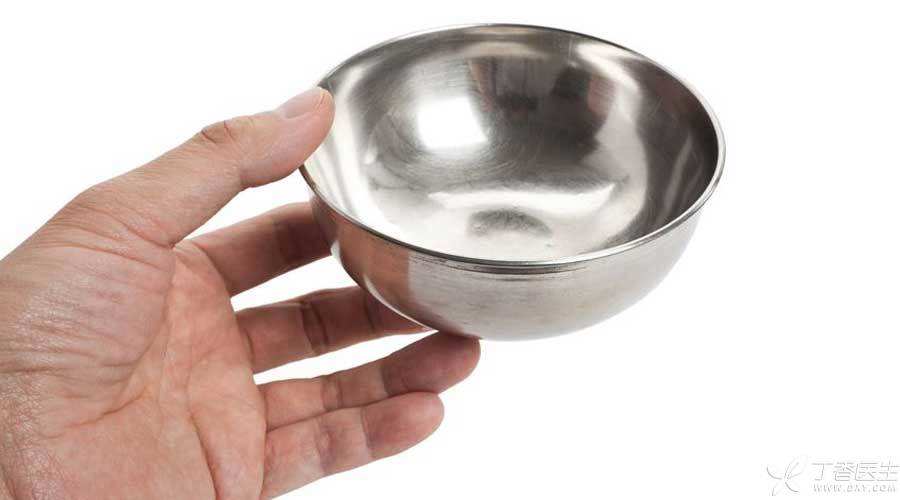
It is said that stainless steel tableware will seep out heavy metals and be toxic. Is it true?
For qualified stainless steel products, heavy metals will not seep out. We should know that these products are tested with 5% sulfuric acid when they leave the factory, which is much more corrosive than the vinegar we eat, so there is no need to worry.
However, if you buy tableware from a stall or a two-dollar store, the corrosion resistance is really not good, and chromium, nickel, manganese, etc. commonly used in stainless steel, once dissolved out, may bring harm to the body.
Stainless steel is not suitable for babies, but also has many inconveniences in use:
1. The density of metal is high and too heavy, which makes it difficult for children to use it.
2. The thermal conductivity of metal is too good, so when eating hot food, children who do not know the truth may hold it with one hand, and then… let’s not say it, who hasn’t had any painful memories?
If you want to buy it, you can buy stainless steel tableware with thermal insulation outside.
Ceramic and glass tableware is fragile?
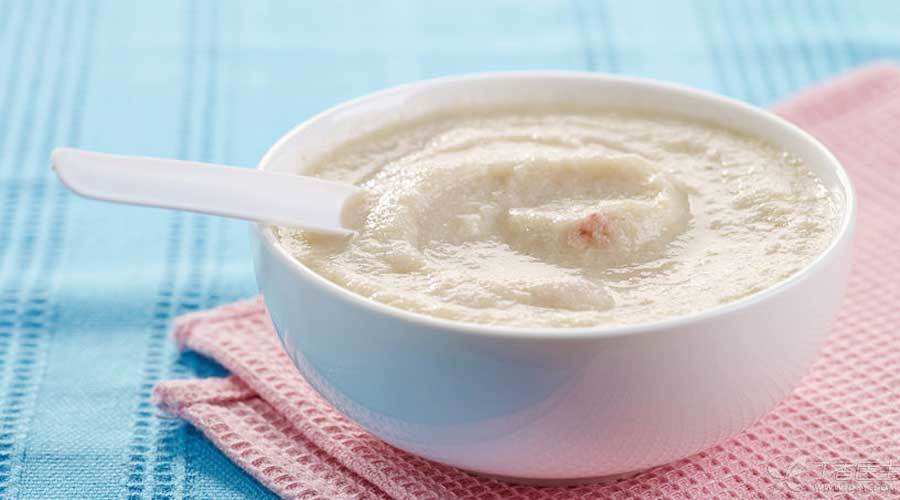
Many children’s special tableware have chosen these two materials, mainly because of safety.
As long as the products are qualified, these two materials will hardly release toxic and harmful substances from what.
Children can use it with confidence-however, don’t forget, children are natural enemies of these two materials, and we children who beat the mother bear to adulthood have not done less damage.
Indeed, there may be local tyrants who are so rich that they do not feel distressed to let their children break the porcelain bowls of several Chenghua years, but the safety of their children cannot but feel distressed.
Ceramics and glassware are easy to form sharp cutting edges after being broken. If the baby is still in its infancy, it is only necessary. However, if there are two or three-year-old children walking barefoot all over the house, these problems cannot be ignored.
Wooden tableware loves worms?
 Many parents now like to choose wooden bowls and spoons for their children, which is indeed a wise choice and can avoid some of the above deficiencies.
Many parents now like to choose wooden bowls and spoons for their children, which is indeed a wise choice and can avoid some of the above deficiencies.
Some mothers are afraid that wooden tableware will grow worms. The possibility of worms is not high, but it is easier to mold or breed bacteria.
The wooden bowls on the market are mainly made of medium-grade oak and high-grade mahogany, and their waterproof performance is not bad. As long as they are cooked frequently, the mold problem can be basically ignored.
However, the wood used in low-grade wooden bowls is mostly not dense enough. Some of them will be painted to cover up the defects. This is very inappropriate for children’s tableware. Although the toxicity of the paint on the bowl is very low, it is not a big problem to eat it, but for babies with low tolerance, it is still necessary to be more careful.
Fortunately, wood products can be observed by naked eyes, and the average person can also distinguish between good and bad things. You can pay more attention when buying them.
There are too many kinds of plastic tableware to choose from?
There are indeed many kinds of plastics. The plastics usually used in tableware include polypropylene, polyethylene, polystyrene, polycarbonate and melamine resin-it doesn’t matter if you can’t remember these names, let’s simplify the complexity and pick up the important ones.
1. Polypropylene material
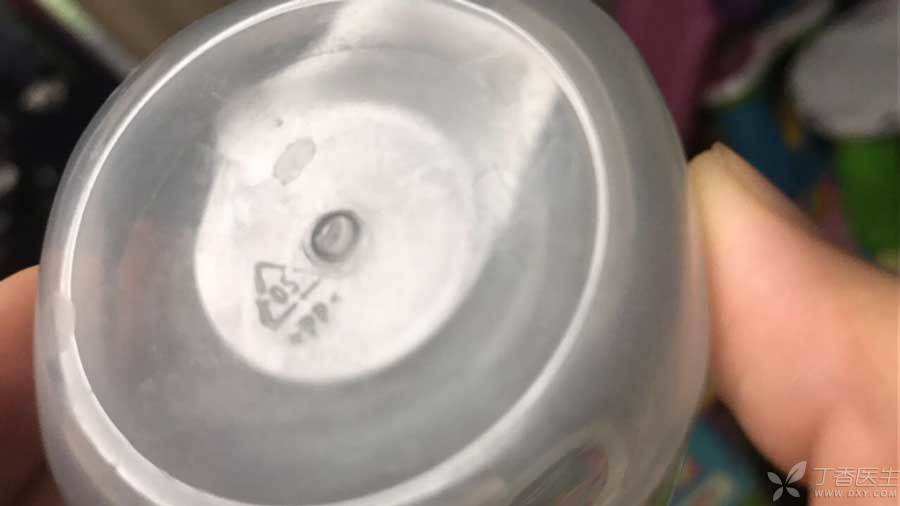
Can adapt to the needs of children in various conditions, It is polypropylene material, that is, the kind with 5 written in the plastic triangle sign, and sometimes the words “dry and long year system” and “microwave oven special” are written. It can withstand the high temperature of 140 ℃ without deformation, and it will still not release harmful substances after deformation. It doesn’t matter to contain greasy food, which can be said to be the most worry-free tableware material used by Bao’s parents.
The only defect is that it is easy to age and has cracks peculiar to plastic. But when it ages, children will already be able to make soy sauce and children’s tableware will not be used.
What, there is still a second child at home. Then let’s change it into a new one.
Since there are very suitable plastics, naturally there are also very inappropriate ones. We are talking about polycarbonate and melamine resin.
2. Polycarbonate
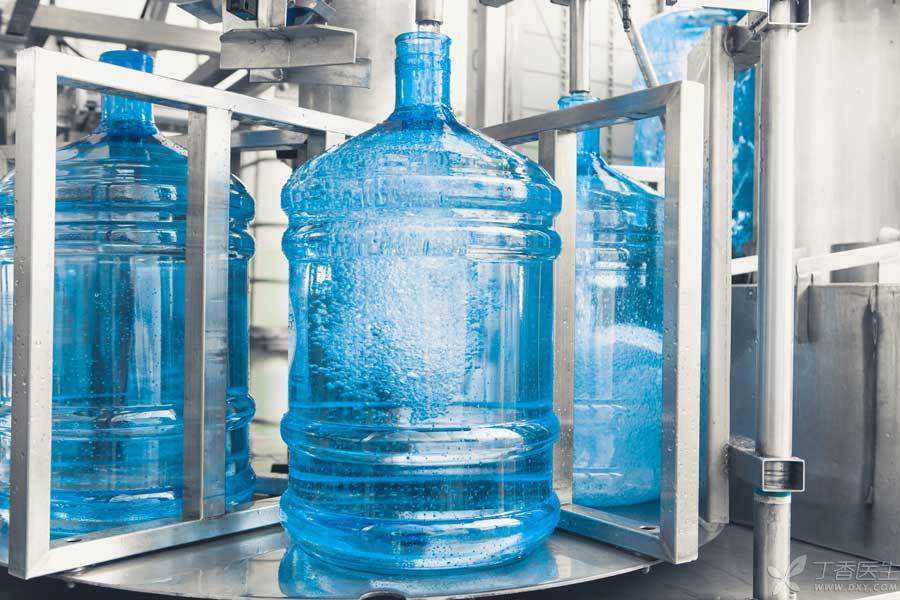
The plastic number mark of polycarbonate is 7. Due to the problem of bisphenol A, it has been banned on milk bottles in China and is becoming less and less common in the market.
The only one that is still commonly used is the barrel of bottled water, so based on this, try not to give children bottled water.
3. Porcelain-like plastic

Melamine resin, also known as porcelain-like plastic, is also not suitable for children because it decomposes melamine and formaldehyde under acidic conditions.
It is also the reason mentioned earlier. Although these amounts may be insignificant to adults, they are potential threats to children.
Corn plastic is safest?
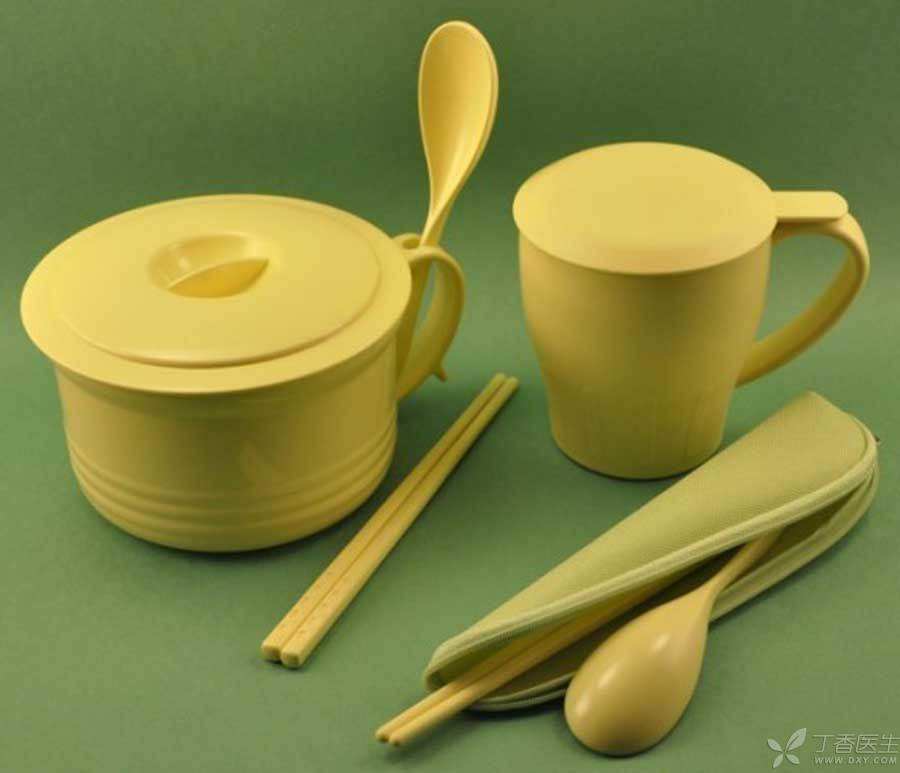
Finally, there is corn plastic, which has been very popular in recent years.
In fact, corn plastic is not really glued together with stick ballast, but is made by repolymerizing lactic acid obtained by fermentation of corn starch.
This kind of plastic is basically considered non-toxic and harmless, and is very suitable for children.
However, it also has an important characteristic, that is, it is degradable, in other words, it is useless, and bacteria can also use it as snacks.
Therefore, at present, it is actually more common to see its appearance in disposable tableware. If you want to use it at home for a long time, you must pay attention to environmental sanitation. It is still the same as before having children. The bowls that are untidy to soak for a few days are piled up and washed together. Maybe one day the bowls will disappear and become a pot of [fungus] soup.
Which of so many materials should I choose? To sum up, wood products and polypropylene plastics are the most suitable choices for babies with the least shortcomings.
